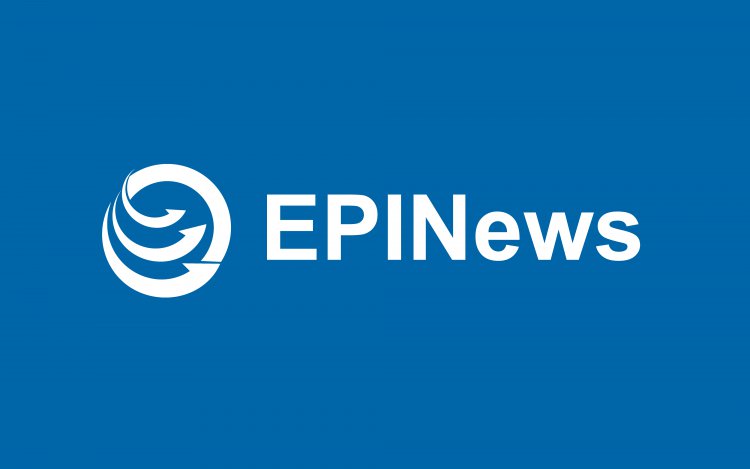
Pandemic plastics (e.g., masks, gloves, aprons, and sanitizer bottles) are global consequences of COVID-19 pandemic-infected waste, which has increased significantly throughout the world. These hazardous wastes play an important role in environmental pollution and indirectly spread COVID-19. Predicting the environmental impacts of these wastes can be used to provide situational management, conduct control procedures, and reduce the COVID-19 effects. In this regard, the presented study attempted to provide a deep learning-based predictive model for forecasting the expansion of the pandemic plastic in the megacities of Iran. As a methodology, a database was gathered from February 27, 2020, to October 10, 2021, for COVID-19 spread and personal protective equipment usage in this period. The dataset was trained and validated using training (80%) and testing (20%) datasets by a deep neural network (DNN) procedure to forecast pandemic plastic pollution. Performance of the DNN-based model is controlled by the confusion matrix, receiver operating characteristic (ROC) curve, and justified by the k-nearest neighbours, decision tree, random forests, support vector machines, Gaussian naïve Bayes, logistic regression, and multilayer perceptron methods. According to the comparative modelling results, the DNN-based model was found to predict more accurately than other methods and have a significant predominance over others with a lower errors rate (MSE = 0.024, RMSE = 0.027, MAPE = 0.025). The ROC curve analysis results (overall accuracy) indicate the DNN model (AUC = 0.929) had the highest score among others.